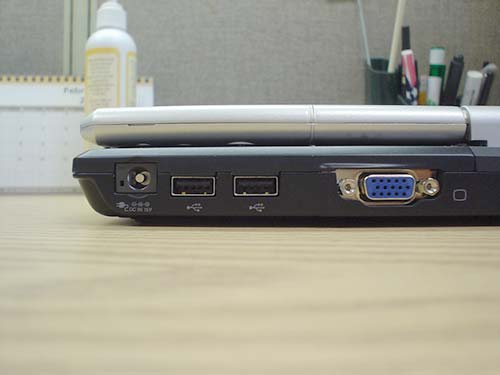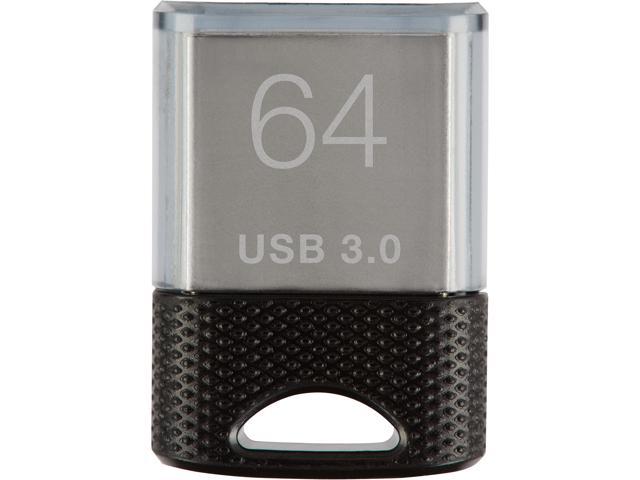A USB flash drive is a flash memory data storage device with a USB (Universal Serial Bus) interface. USB flash drive drivers are typically not necessary. USB flash drives store data and perform applications that run on the host computer without any installation requirements.
A USB flash drive is a flash memory data storage device with a USB (Universal Serial Bus) interface. USB flash drive drivers are typically not necessary.
 USB flash drives store data and perform applications that run on the host computer without any installation requirements. Most USB flash drives are purchased preformatted with the File Allocation Table (FAT) or FAT32 file system. The ubiquitous nature of the file system allows the drive to be accessed on any host device with USB support. Corrupted data can be retrieved through the use of FAT maintenance utilities such as ScanDisk. Since the flash drive appears to the system as hard wired when inserted, the USB flash drive can be reformatted to any file system supported by the host operating system.
USB flash drives store data and perform applications that run on the host computer without any installation requirements. Most USB flash drives are purchased preformatted with the File Allocation Table (FAT) or FAT32 file system. The ubiquitous nature of the file system allows the drive to be accessed on any host device with USB support. Corrupted data can be retrieved through the use of FAT maintenance utilities such as ScanDisk. Since the flash drive appears to the system as hard wired when inserted, the USB flash drive can be reformatted to any file system supported by the host operating system.
The are compact, weighing less than an ounce, removable, and rewritable. Some USB flash drives support up to 1 million write and erase cycles with 10 year retention rates.


The USB flash drive is even more durable than their predecessor, the floppy disk because of its lack of moving parts. Storage capacities and speeds range from device to device and manufacturer to manufacturer. Some USB flash drives range in storage capacity from a few megabytes to 256 gigabytes. Modern flash drives use the USB 2.0 technology and has the capacity of transferring data at speeds of 480 Mbit/s (60MB/s).
However, because of the limitations of the NAND flash technology, these data transfer speeds are not yet recognizable. The fastest drives available use the dual channel controller.
Speeds vary with each device and manufacturer and should be researched prior to purchase. Some USB flash companies design custom versions of applications for Microsoft Windows. A menu is loaded when the flash drive is inserted, but no data or software is installed on the operating system. Other products do not require a Windows modification to run on a Windows based operating system.
Download video lagu dadali disaat aku sendiri. The concept is based upon application virtualization or portable application creators that allow software to run without being installed onto the host machine. COMMON ERRORS WITH USB FLASH DRIVE DRIVERS As always the common problems with any driver are stated below: 1) Conflicts between two or more drivers caused by missing or busy resources 2) Missing drivers 3) Corrupted driver files 4) Poorly designed drivers that reduce a system’s stability and performance 5) Incompatibility with the operating system or hardware device 6) Problems in the Windows Registry Earlier versions of Windows, such as the Windows 98/98SE do however require drivers for certain USB flash drives.


